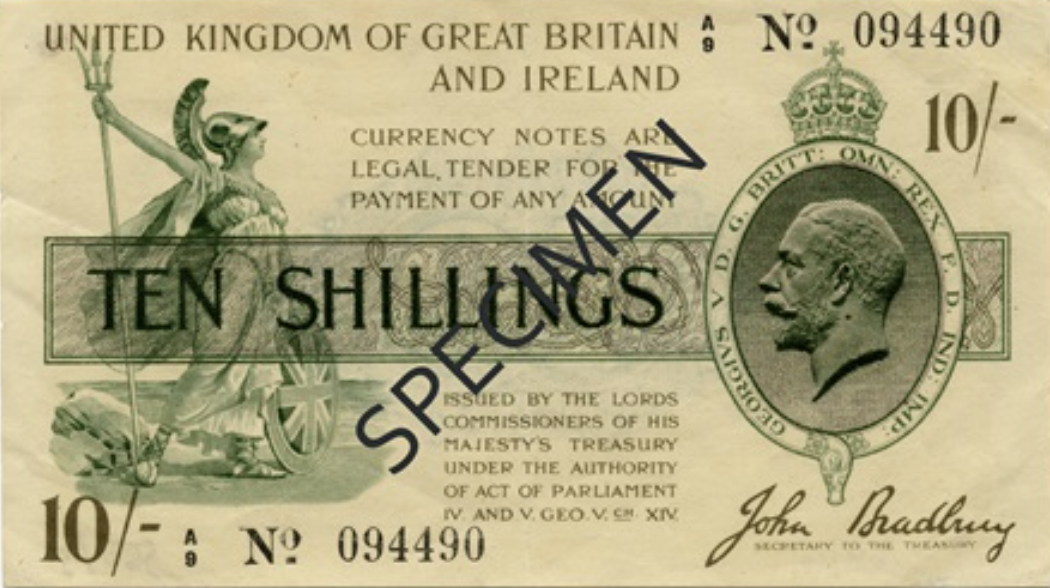The South African Society of Massage and Medical Gymnastics (now known as the South African Society of Physiotherapy) was formed on 11 December 1924. It had four branches, aligned with the country’s provinces at the time: the Cape Province, Transvaal, Natal and Orange Free State. Early considerations of the Central Governing Board, the management structure at the time, included membership dues and treatment fees; in other words what physiotherapists will earn in those years.
Membership Dues
Despite becoming a Union in 1910, English influence was still strong at the time and South Africa regarded itself as a British Colony. Subsequently the newly born Society used the British currency to determine their fees.
New members, who joined the Society, were to pay a membership fee of £1 – approximately £78 today. Annual subscriptions were 10/6d (ten shillings and sixpence) – approximately £41 today. A resolution was passed that members “in pecuniary embarrassment” could pay in equal monthly instalments.
Treatment Fees
The following scale of treatment fees were determined:
- 10/6d (approximately £41 today) per treatment in treatment rooms,
- 12/6d for cases visited at home,
- “An extra fee may be charged for electrical treatment,” as well as for lengthy treatments or long distance travels”,
- “Special consideration is to be given to necessitous cases”.
By 1929, £25 a month – approximately £1,942 today – was accepted by the Society as “the absolute minimum” remuneration for a full-time, non-resident position. General Secretary Miss Troughton wrote of this figure,
“…though not satisfactory, [it] is actually paid by the leading Hospital in the Union, ie, Johannesburg”.
It was, at least, a living wage, she said, but an offer advertised in Natal for a starting salary of £12/10/ she characterised as “preposterous”. The Society proposed £30 per month for a head masseuse and £27/10/ for an assistant – less £10 for resident masseuses.
Notes
- Thanks to Mandi Smallhorne, whose research into the history of the South African Society of Physiotherapy yielded the information in this article
- Comparison financial figures determined using the website https://www.in2013dollars.com/uk/inflation/1924


To turn a phrase: “pecuniary embarrassment” may have modern utility. Words are a wonderful resource for perspectives, and to see how one viewed circumstances in different times.